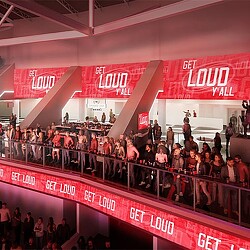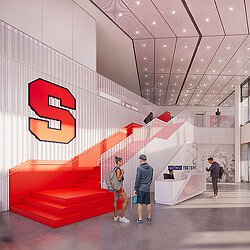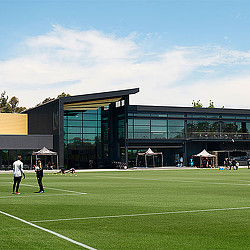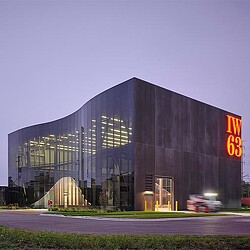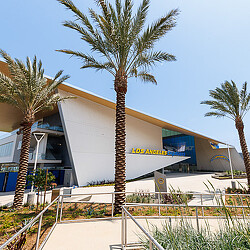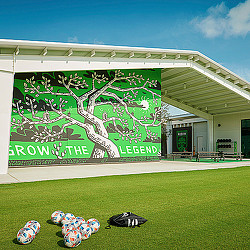How Modern Training Centers Can Shape Tomorrow’s Champions
Helping athletes achieve their best, training centers and human performance labs (HPLs) are playing more important roles than ever to support competitors.
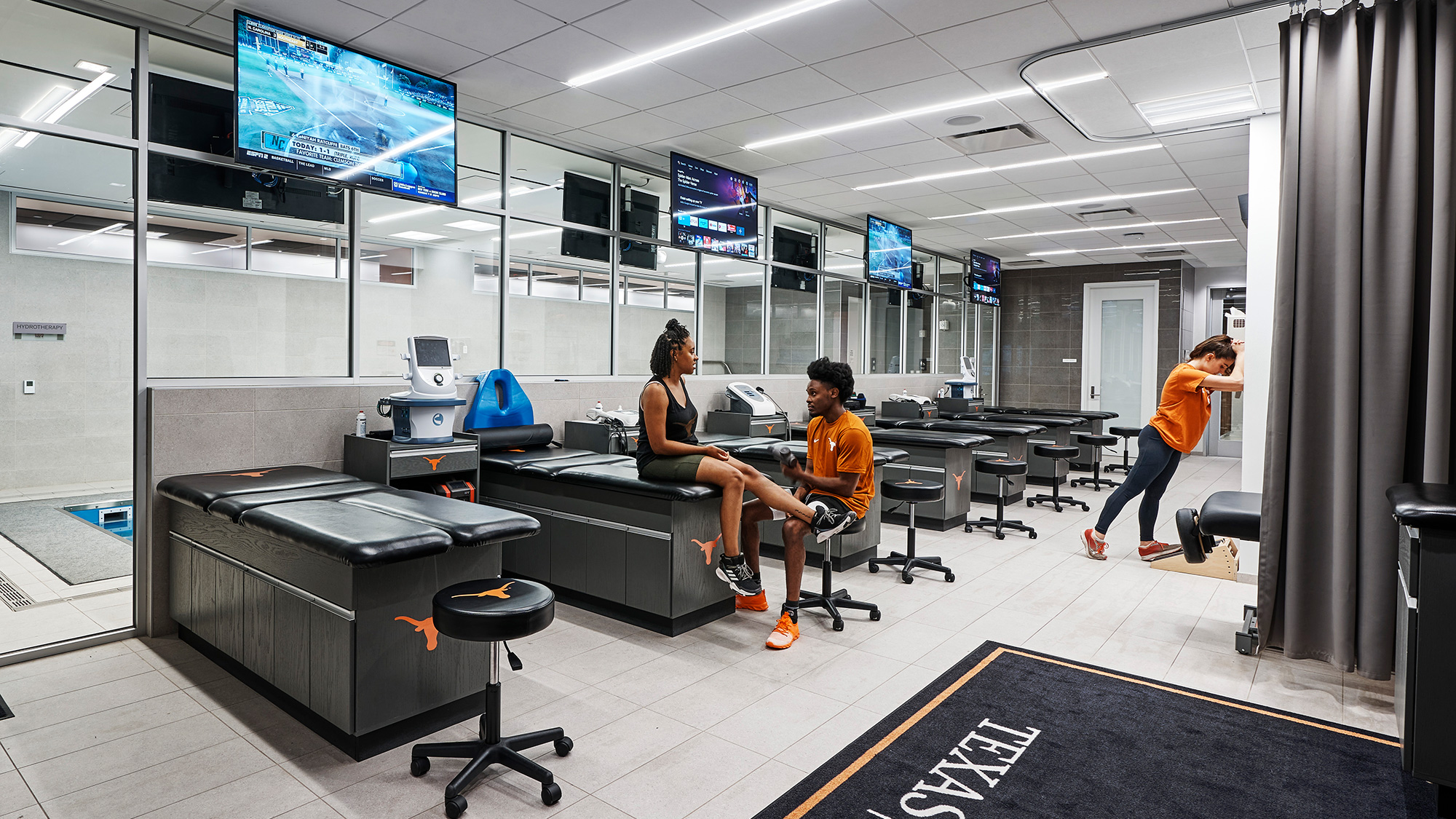
For top athletes, achieving the pinnacle of success does not happen overnight; it requires years of relentless preparation and dedication. From the early mornings to the late nights, these athletes have committed themselves to rigorous training and unwavering perseverance to reach the grand stage.
Methods of training have evolved significantly over the years. Athletes today are quicker, faster, and stronger, resulting in sharper performance overall. In the past, the old-school approach to athletic training involved pushing the body to its limits with minimal rest, grueling workouts, questionable medication use, and minimal to no mental, emotional, and social health support. Today, the sports industry is adopting a more holistic approach based on working smarter, not harder. Helping athletes achieve their best, training centers and human performance labs (HPLs) are playing more important roles than ever to support today’s and tomorrow’s competitors.
Beyond Physical Training: Creating Holistic Performance Centers for Total Athlete Well-Being
Training centers and HPLs serve various critical purposes, such as evaluating human performance, measuring physiological and fitness parameters, identifying strengths and weaknesses, and researching the limits of human capabilities. Many centers also include dedicated spaces for injury prevention, recovery treatment, nutrition, and academic assistance. Thoughtfully designing these performance centers involves creating environments that create a culture of well-being, ensuring that individuals leave as better versions of themselves.
Designing a state-of-the-art performance center requires considering numerous factors, including air quality, access to natural light, the types of equipment used, acoustics, ergonomics, and spaces for interaction and collaboration. Attention to these details ensures a holistic athlete development and performance enhancement approach. Designers are indirectly responsible for how athletes perform, recover, rehabilitate, and train. Performance centers like professional Major League Soccer (MLS) team Austin FC’s St. David’s Performance Center should have top-of-the-line equipment and the latest fitness and rehabilitation technology, from altitude training rooms, cryotherapy, and hyperbaric chambers to in-ground plunge pools and underwater treadmills.
Modern-day soccer has evolved significantly, becoming a highly advanced and data-driven sport compared to decades ago. Today, the game is intensely monitored, with data tracking everything from the number of passes a player makes to their average speed and distance covered throughout a match. The use of customary global positioning system (GPS) sports vests worn under players’ jerseys provides cutting-edge performance tracking in real-time, measuring energy exertion, balance distribution on each foot, and generating heat maps of player positioning on the field. Soccer is not the only sport using wearables; this data-tracking strategy is being adopted in other sports as well. For example, NBC’s Olympic coverage highlighted the University of Virginia’s swim team’s use of technology, alongside a professor of statistics, to analyze technique and strategy.
These sophisticated wearables and technology effectively extend the capabilities of traditional human performance labs to the field, pool, or any other location, decentralizing performance monitoring and allowing for more comprehensive and immediate analysis.
Integrating such advanced equipment enables coaches and trainers to measure progress and track it over time, making necessary adjustments when needed. As technology continues to revolutionize how we design and interact with physical spaces, the potential for enhancing athlete performance through thoughtful design becomes increasingly important.
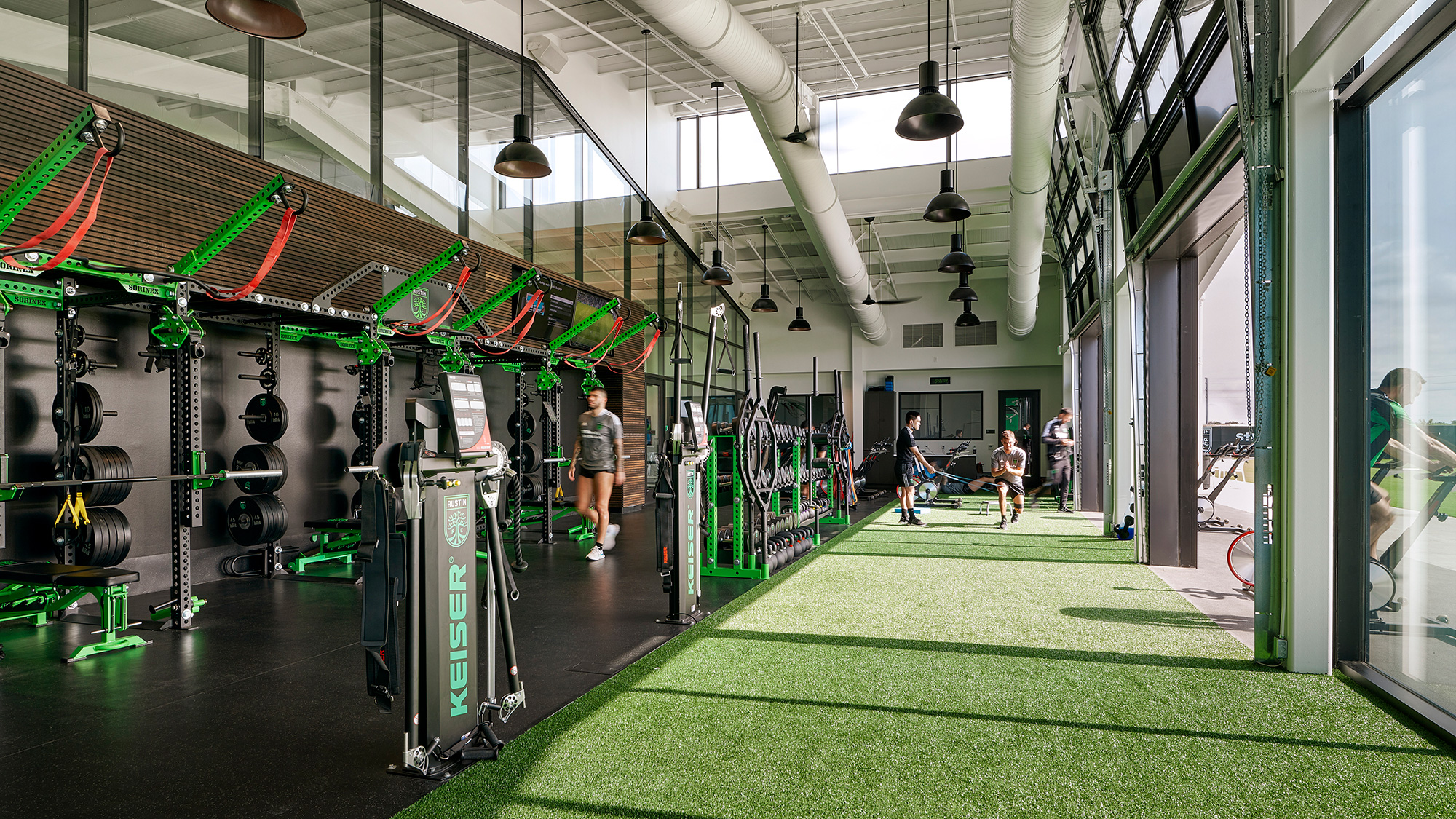
Building Interdisciplinary Collaboration in Performance Centers
Human performance careers are increasingly in demand. Therefore, designing performance centers extends beyond accommodating athletes to also include the needs of the professionals who work there. According to the Bureau of Labor Statistics, physical therapy, occupational therapy, and athletic training are among the 40 fastest-growing occupations in the United States, with employment projected to rise by up to 31% between 2016 and 2026.
Performance centers house a variety of job functions, with practitioners working in different divisions, necessitating collaborative spaces for interdisciplinary research. Designing for this interdisciplinary approach requires the designer to provide a wide range of space types, from multipurpose areas to highly specific zones. Disciplines such as nursing, nutrition, pharmacy, sports psychology, physical therapy, occupational therapy, biologists, and chemists (tracking data at the blood/metabolic level) can all learn and work together in one performance lab.
Spaces for individual work can include open or semi-open areas like quiet/tech-free zones for focused work or more enclosed rooms and libraries that offer a distraction-free environment, accommodating neurodiverse work styles. Creating these collaborative environments promotes teamwork, allows for the sharing of valuable resources, and prepares practitioners for future interdisciplinary collaboration. Incorporating spaces such as innovation hubs can advance the generation and realization of big ideas, while maker spaces support hands-on discovery and exploration, creating a cradle of innovation and learning.
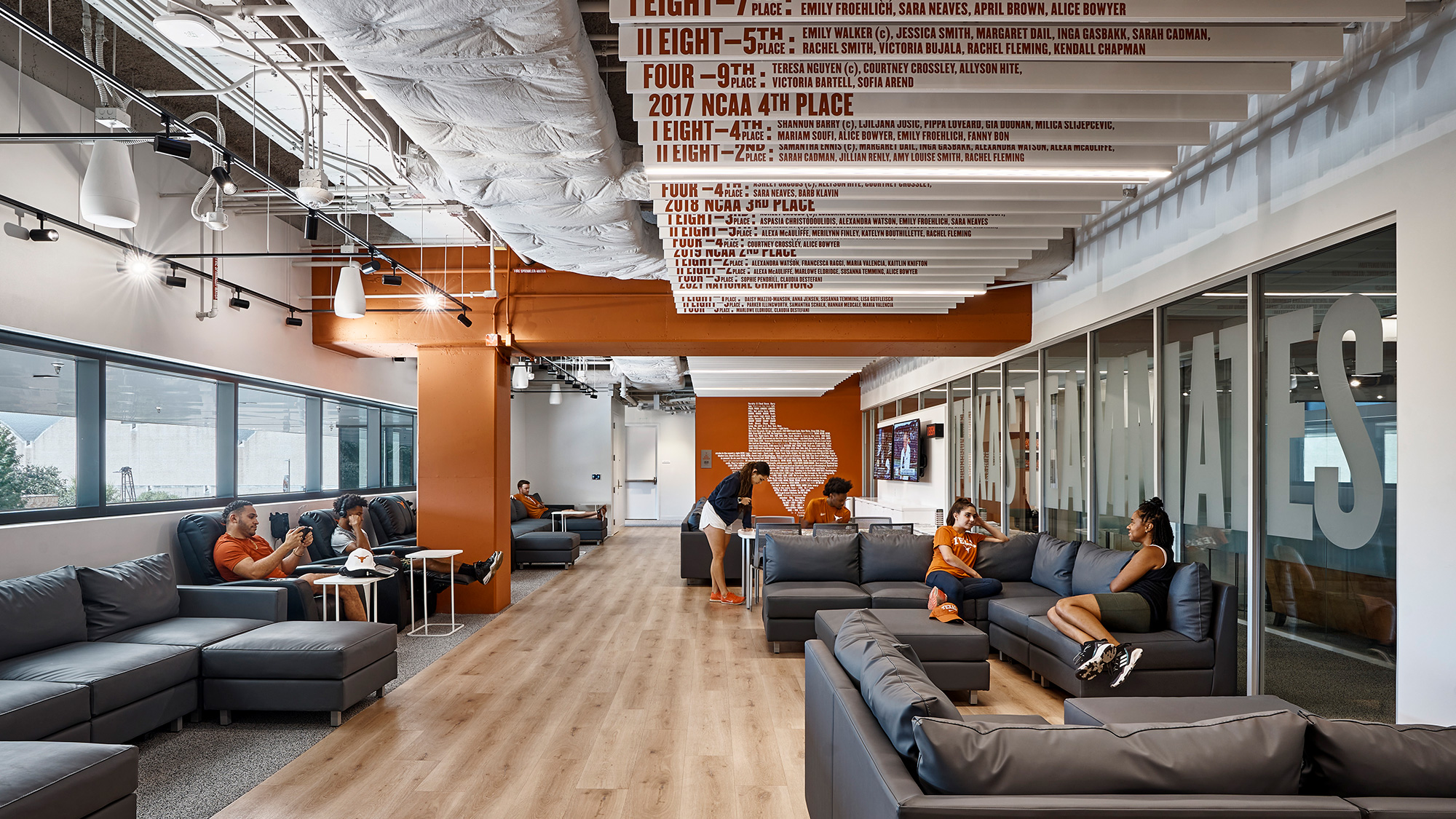
Building Better Athletes with Mental, Emotional, and Social Support
A holistic approach to athletic performance encompasses more than just the physical aspects. Neglecting initiatives that support mental, emotional, and social health does a disservice to athletes striving to reach the highest level. These athletes are under continuous bodily and emotional stress, which can substantially impact their overall well-being. Mental fatigue can lead to impaired cognitive performance, increased injuries, anxiety, depression, eating disorders, strained relationships with coaches, teammates, and family, and even substance abuse. Performance centers that incorporate spaces addressing these critical factors will always surpass those that focus solely on the physical, ensuring a more comprehensive and effective support system for athletes.
Forging optimal connections by providing lounge, communal dining, and amenity spaces will boost camaraderie among fellow athletes and trainers. Healthy social well-being doesn’t always mean constant interaction; some athletes value time to decompress alone. Integrating meditation spaces allows athletes to respite from daily demands and pressures, refreshing their minds.
Rest spaces are crucial for mental well-being, benefiting both healthy and injured athletes by allowing the mind to rest and the body to heal, thus restoring alertness, enhancing performance, and reducing mistakes on the field. Access to outdoor spaces beyond training fields, such as rooftops, terraces, or ground-floor outdoor areas, can also significantly boost mental health. Incorporating biophilia, natural light, and fresh air in these areas is a great practice, designing an environment conducive to overall well-being.
As the 2024 Olympics and Paralympics showcase the pinnacle of athletic achievement, it is evident that reaching such heights requires more than just physical prowess. The evolution of training methodologies, tech integration, and data analysis emphasizes the importance of a holistic approach to athlete development.
Modern performance centers and human performance labs are essential in supporting athletes’ physical, mental, and emotional well-being, ensuring they can perform at their best. By incorporating advanced technology, interdisciplinary collaboration, and spaces dedicated to overall well-being, these centers foster an environment where athletes and professionals alike can thrive. As we continue to innovate in the design and functionality of these spaces, the potential to enhance athletic performance and create resilient, well-rounded competitors has never presented a greater opportunity.
For media inquiries, email .




